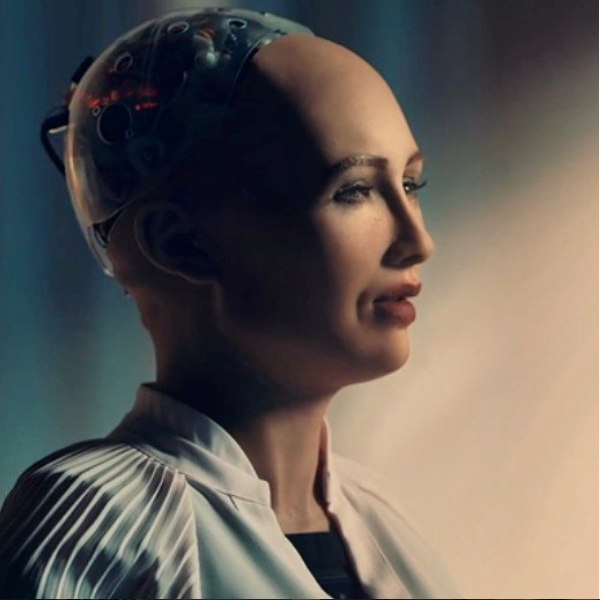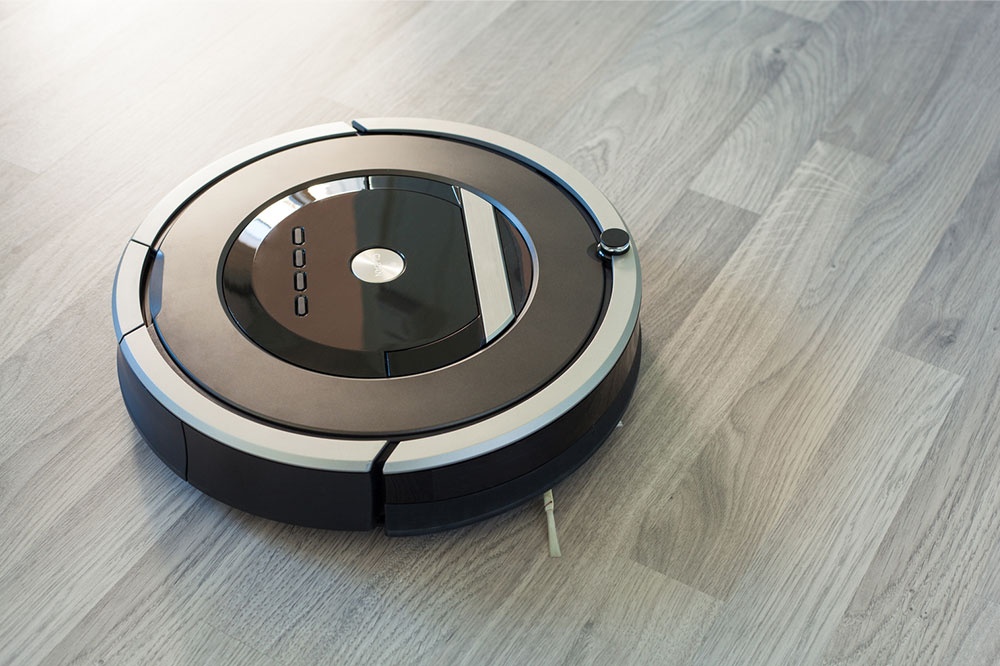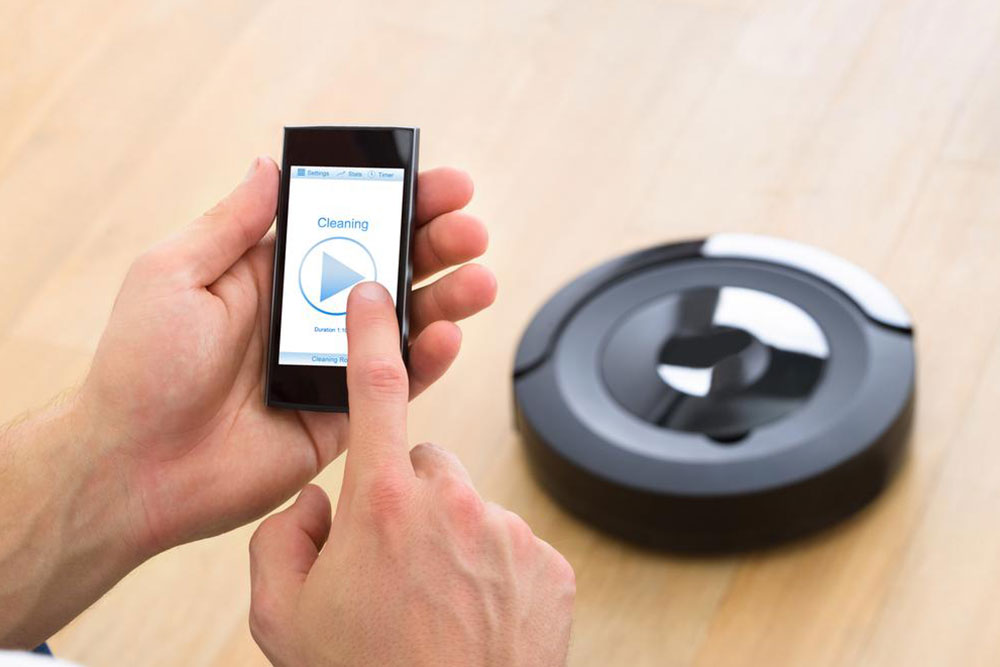Sophia the Humanoid Robot: A Global Sensation
Sophia the humanoid robot, developed by Hanson Robotics, has become a global sensation with her expressive face and social skills. First activated in 2015, she gained Saudi citizenship in 2017 and serves as a UN Innovation Champion. Sophia showcases advanced AI through facial expressions and conversations, symbolizing a significant leap in robotics. Although she operates on scripted responses, her development marks progress toward human-like artificial intelligence, promising potential roles in various service sectors. Her presence continues to inspire fascination and debate about the future of machine intelligence.
Sponsored

Designed with an elegant appearance, Sophia features expressive doe-like eyes and long, fluttering eyelashes. This robotic marvel captured worldwide attention as a non-human entity with human-like social skills. Created by Hanson Robotics based in Hong Kong, she was first activated on April 19, 2015, and publicly showcased at SXSW in March 2016. In 2017, she made history as the first robot to receive Saudi Arabian citizenship. Sophia’s impressive facial expressions and interactive capabilities have earned her headlines and invitations to high-profile interviews, showcasing advancements in artificial intelligence.
In November 2017, Sophia was appointed as the United Nations Development Programme's first Innovation Champion, breaking barriers as the first non-human to hold such a title. Her sophisticated design allows her to display over 62 facial expressions, analyze conversations, and adapt responses for future interactions. While some see her responses as scripted, her ability to engage in diverse topics highlights AI’s potential. Built with inputs from Google and SingularityNET, Sophia uses visual data, facial recognition, and natural language processing to simulate human-like communication.
Sophia’s development draws inspiration from early chatbots like ELIZA, aimed at mimicking human conversations. Equipped with cameras in her eyes, she recognizes faces and maintains eye contact, enhancing her social interactions. With voice recognition from Google and recent upgrades enabling her to walk, Sophia exemplifies the evolving field of humanoid robotics. Her primary goal is to serve in service industries like healthcare, customer support, and education, where human interaction is crucial.
Despite her advanced interactions, Sophia still operates on programmed scripts, lacking true consciousness. Some see her as a step toward Artificial General Intelligence, while others argue such a level of AI is still distant. Regardless, Sophia remains a remarkable achievement in robotics and artificial intelligence, captivating scientists and the public alike with her human-like presence and capabilities.





